WHALE WATCHING & MISSION (Day 7 - part 4)

A timeline of events

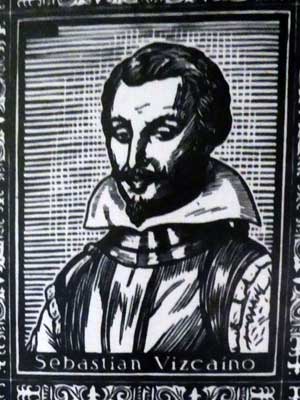
Early explorers Cabrillo (1542) and Vizcaino (1602)
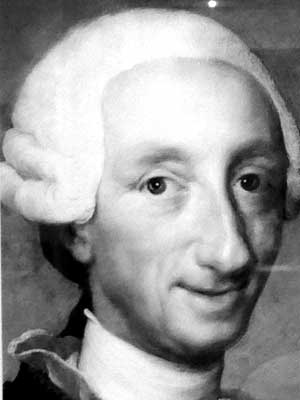

1769: Expeditions to Alta California were commissioned by King Carlos III (left), two by land and three by sea. Junipero Serra (right) was chosen to lead one.


1803: The mission irrigation system is built. ... 1848: California becomes part of the United States.

The mission church during the presence of the US military in the 1850s
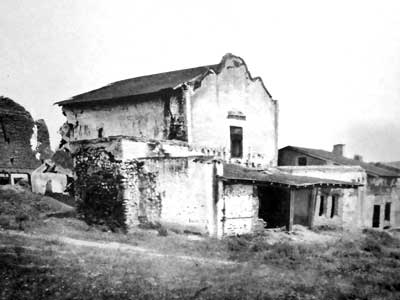

(right) 1890: The Sisters of St Joseph of Carondelet (founded in France in 1650) pose with students of the St. Anthony Industrial School.
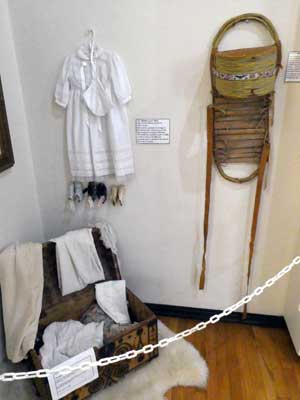





Children's toys ... Mission souvenirs




The various missions


La Capilla (the chapel) was built in 1977. It contains 24 choir stalls as well as an altar dating back to around 1353 (from Rome). We could only look in, not walk around inside.
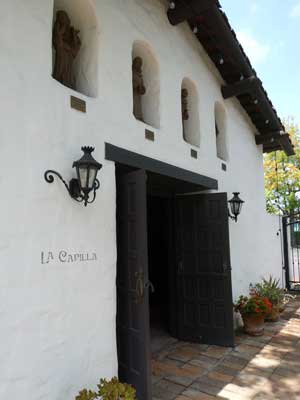
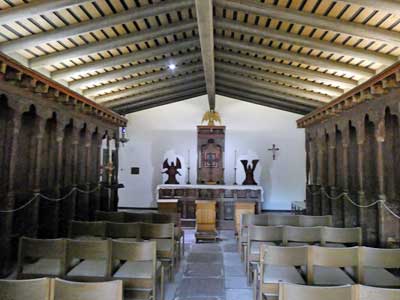

The altar ... and choir stalls
Originally 50 stalls were made, but these are the oldest surviving ones. The seats could be lifted to allow the nuns to stand in place while they sang and prayed 8 times per day. The pine wood is grooved and fits together so that no nails were needed to hold them together.


The coat of arms is from King Peter I of Castile (six monarchs before Queen Isabella I, who financed Christopher Columbus' voyage of 1492) and his consort Maria de Padilla.


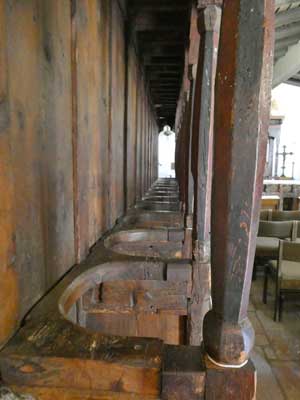

We then wandered about the outer courtyards.




(left) An enramada
An enramada (canopy) was a type of temporary hut used by the Spanish padres and soldiers while the mission was first being built. They were quick and easy to build and provided shelter from the sun and rain. One might be used for a kitchen, another as a church, and the rest for individual rooms.
The padres attracted the local natives to the mission by offering them food, clothing, blankets and beads. Once they agreed to be baptized and learn the Catholic faith, they were also taught agriculture, carpentry and blacksmithing.
Along one of the walls was an excavation site.


The original mission was founded elsewhere in 1769 but moved to this spot in 1774. Over time, the complex was expanded. It had at least 4 different churches and 3 different conventos (where the friars lived). This is a convento from the early 1800s. Historical records, old photographs and suspicious looking large mounds all provided clues that this structure was located here. The artifacts that were recovered helped identify the building's purpose.






An onlooker




San Diego de Alcala (St. Didacus) was born in the Spanish province of Andalusia in 1400. He joined the Franciscan Order and became a missionary in the Canary Islands. In 1460, he became the infirmarian at the University of Alcala near Madrid.
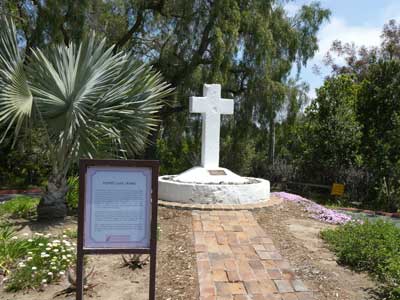

A tribute to Padre Luis Jayme, California's first Christian martyr.

A cross marks the spot where he was killed.
return • continue

